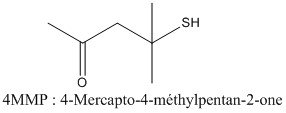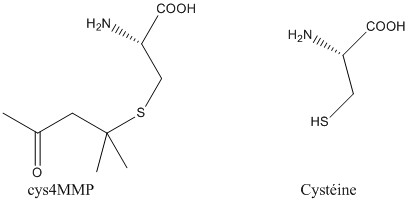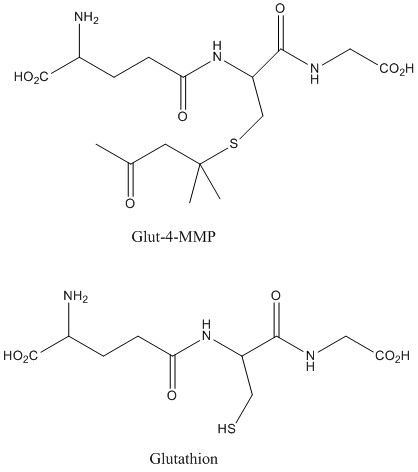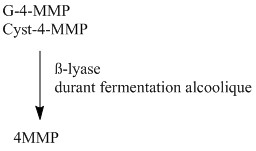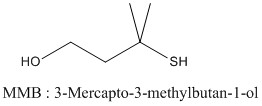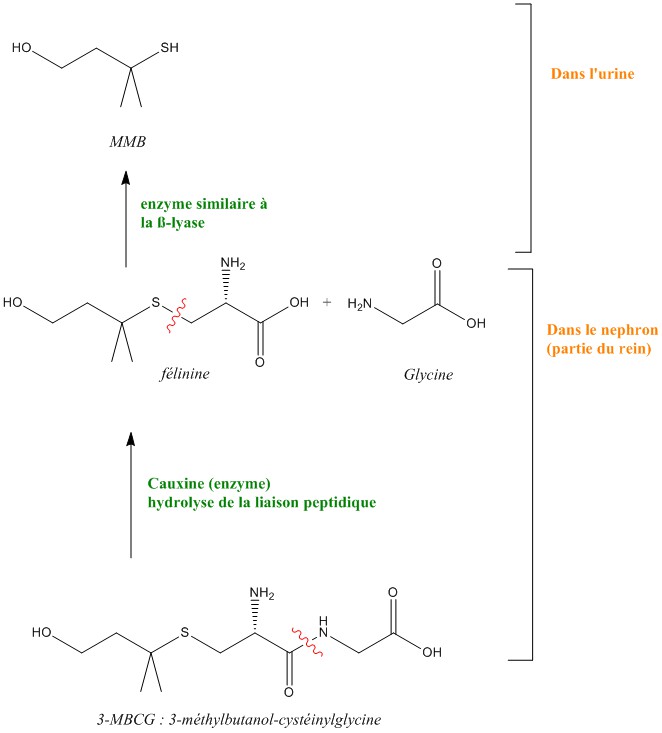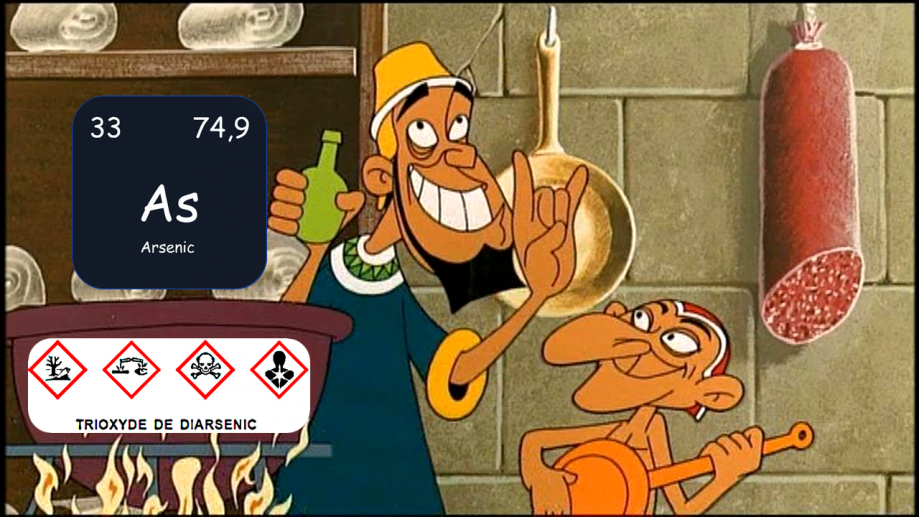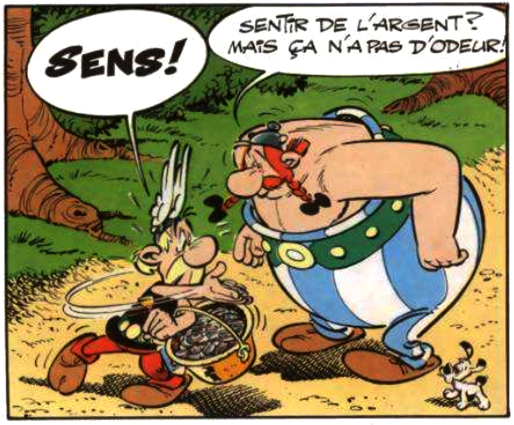Cat urine or Sauvignon ?
wamiz.com
So what is the connection between a delicious white Sauvignon and the urine of our sweet and capricious companions the cats? On one side we have the pleasant aroma and fruity of the young wines: an odor of box and blackcurrant. On the other hand, a very detestable smell assails us, pleasant gift of Felix wanting to mark its territory on all the beds of the house.
Responsability ?
As surprising as it may seem the molecule responsible for this pleasant aroma of box and blackcurrant that certain wines (Sauvignon, Cabernet-Sauvignon, Scheurebe ...) causes a cat urine odor. This molecule is 4MMP.
The latter is present in wines at very low concentrations: less than 70 ng / L (approximately equivalent to 1 piece of sugar dissolved in 30 Olympic swimming pools). However, this concentration is sufficient to detect the smell of boxwood (detectable from 0.8 ng / L in wine).
Formation of 4MMP in wine
4MMP, a highly volatile molecule, is not present directly in the grape clusters. It is obtained from odorless precursors present in the grapes and especially localized in the films of the berries and, to a lesser extent, in the pulp. These precursors are cyst-4-MMP (FIG. 1) and G-4-MMP (FIG. 2). The first corresponds to the 4MMP linked by a sulfide bridge to cysteine ??(an amino acid), and for the second the sulfur bond is made with glutathione (tripeptide: formed from 3 amino acids).
FIG. 1: Precursor cys-4-MMP and molecule of cysteine
Figure 2: Glut-4-MMP Precursor and the Glutathione Molecule
During alcoholic fermentation an enzyme called β-lyase catalyzes the breakdown of the carbon-sulfide bond for the G-4-MMP and Cyst-4-MMP precursors. The 4MPP is then formed and even if the yields of these reactions are very low (a few%), the very volatile aspect of the molecule makes it easily detectable.
Urine odor in the cat
Although the 4MMP molecule can have a high concentration of cat urine, it is not responsible for the true smell of cat urine, but MMB: a volatile pheromone present in felids.
Synthetic pathway of this pheromone :
3-MBCG, a protein present in the kidneys, is hydrolysed by cauxin: an enzyme (carboxylesterase). Felinin and glycine are formed by disrupting the peptide bond (binding between 2 amino acids). MMB is then produced by the action of an enzyme similar to β-lyase (carbon-sulfur bond breakdown), but this last step is still very little known. [1]
Conclusion
The relationship between structure of molecules and odors is still very poorly understood to this day. It is not known why 4MMP can have two different odors depending on its concentration, so even very similar molecules can have quite different odors. For example, for the two enantiomers: S-Limonene and R-limonene, the former smells of lemon and the second of orange.
References
About the 4MMP :
- http://www.oenologuesdefrance.fr/gestion/fichiers_publications/491_ART258_Cah.pdf
- http://www.vignevin-sudouest.com/publications/itv-colloque/vinaromas-aromes-vin/documents/schneider-francais.pdf
About the MMB :
- [1]: http://www.sciencedirect.com/science/article/pii/S1074552106003097
- https://en.wikipedia.org/wiki/Felinine
Other articles
Inscrivez-vous au blog
Soyez prévenu par email des prochaines mises à jour
Rejoignez les 13 autres membres


